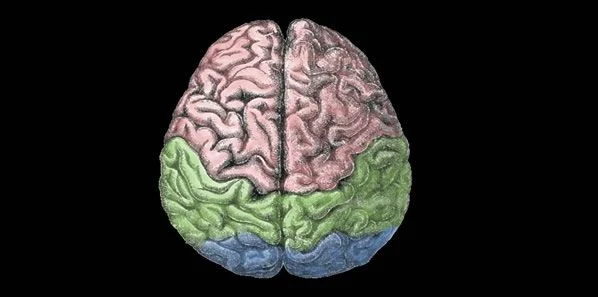Scientists report that
it would be more effective to focus on the side of the brain where the injury
did not occur to maximise stroke recovery.
According to Dr. Adviye
Ergul, Vascular Psychologist at the Medical College of Georgia at Georgia
Regents University, most studies focus on the stroke area and how to
reduce the damage there. However, Ergul and collaborator Dr. Susan S. Fagan,
stroke pharmacist at MCG and the University of Georgia as well as a number of
other scientists find that the opposite side of the brain can aid the injured
side.
Endothelial cells line blood vessels on both sides of our brain and
release growth hormones which protect neurons. These neurons help ailing ones
recover and prompt the growth of new blood vessels to the stroke site. Even if
the new blood vessels do not actually carry blood, scientists report that they
create a regenerative niche that can minimise stroke damage. In addition, the
uninjured side also benefits with a boost of growth factors and more blood
vessels.
This topic was in focus
at the recent session of the American Heart Association International Stroke
Conference in Nashville. The scientists were the first to report vascular
changes in the opposite hemisphere following a stroke.
"We know that
blood vessels react a lot to the injury in distant parts of the brain,"
Ergul said. "Within a few days of a stroke, the non-damaged side becomes
more active and starts taking up, we think, some of the functions of the
damaged side," Fagan said. "If you do functional MRIs in humans, you
can see other hemispheres starting to light up more in the recovery phase
within a few days of stroke."
GRU graduate Dr. Maha
Coucha also presented pieces of evidence that the uninjured side is an active
player in stroke recovery. Coucha's team found increasing expression of the
enzyme superoxide dismutase in the uninjured side of a rat stroke model. The enzyme enabled blood vessels on the injured side to better control blood flow.
Superoxide dismutase is a naturally occurring antioxidant that can neutralise
reactive oxygen species which are usually produced in abundance before and
after a stroke. The enzyme either kills the cells or causes them to commit
suicide.
Ergul points out that
any improvement is mainly because of manipulation of the other side. If that is
done, the injury from the stroke is limited and the outcome for the patient is
better.
Since blood vessels in
both sides of the brain communicate and are connected at the base of the brain up
into the right and left sides of the brain, there is a possibility that the
remote impact seen in stroke is also present in brain injuries, brain
haemorrhage and brain tumours.
Source: Medical College of Georgia at Georgia
Regents University
Image Credit: Wikimedia Commons










